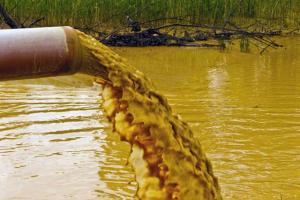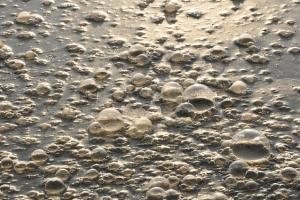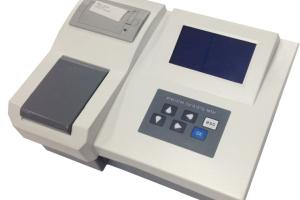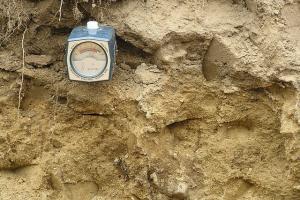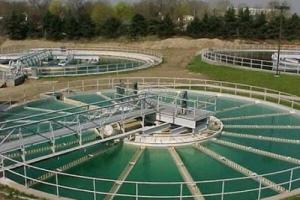Municipal Wastewater Treatment Systems

Objectives of Wastewater Treatment
- To kill the pathogens
- To improve the quality of waste-water
- To avoid unhygienic conditions
- To protect the aquatic life from the toxicity wastes
- To make the waste water usable for agricultural, aquaculture etc
There are three constituents and interrelated aspects of waste water management.
-
Collection of Wastewater
- Collection of domestic wastewater is best achieved by a full sewerage water drain age system. Unfortunately this method is most expensive and there is relatively few communities in hot climate which afford it. A modern hygienic method of night soil collection is the only realistic alternative.
-
Treatment of Wastewater
- Treatment is required principally to destroy pathogenic agents in sewage or night soil and to encore that it is suitable for whatever re-use process is secreted for it.
-
Re-use of wastewater (Recycling of wastewater)
- The responsible re-use of night soil and sewage effluent is aqua culture and crop irrigation can make a significant contribution to a community food supply and hence it’s general social development. The best example is china where over 90% of waste after treatment is applied to land
Performance criteria for Wastewater Treatment Management System
The ideal system would satisfy all of the following criteria.
- Health criteria
- Water Recycling criteria
- Ecological criteria
- Nuisance criteria
- Cultural criteria
- Operational criteria
- Cost criteria
-
Health Criteria:
Pathogenic organisms should not be spread either by direct contact with right soil or sewage or indirectly via soil, water or food. The treatment chosen should achieve a high degree of pathogen destruction.
-
Re-use/Recycle Criteria:
The treatment process should yield a safe product for re-use, preferably in aquaculture and agriculture.
-
Ecological criteria:
In those cases land the should be considered exception when the waste cannot be re-use, the discharge of effluent into a surface water should not exceed the self-purification capacity of the recipient water.
-
Nuisance Criteria:
The degree of odor release must be below the nuisance threshold. No part of the system should become aesthetically offensive.
-
Cultural Criteria.
The methods chosen for waste collection, treatment and re-use should be compatible with local habits and social (religious) practice.
-
Operational Criteria:
The skills required for the routine operation and maintenance of the system components must be available locally or are such that they can be acquired with only minimum training.
-
Cost criteria:
Capital and running costs must not exceed the community’s ability to pay. The financial return from re-use schemes is an important factor is an important factor in this regard. However, no one system completely satisfies all these demands. The problem becomes one of minimizing disadvantages.
Waste Water Treatment Processes
Municipal wastewater is primarily organic in content and a significant number of industries including chemical pharmaceutical and food have high organic waste load. This means that the main treatment processes are geared towards organic removal. In a typical treatment plant, the wastewater is directed through a series of physical, chemical and biological processes each with specific waste load reduction task. The tasks are typically.
- Pre-treatment ==> Physical and / or chemical
- Primary treatment ==> Physical
- Secondary treatment ==> Biological
- Advanced treatment ==> Physical and / or chemical and / or biological.
Conventional Wastewater Treatment Plant Processes
Municipal Wastewater Treatment
Conventional treatment or conventional mechanical wastewater treatment is the term used to describe the standard method of treatment designed to remove organic matter and solid from solution. It comprises four stages of treatment.
-
Preliminary treatment ( influent flow measurement, screening (Bar racks), Shredders, comminutors (maceratours), pumping, grit removal)
-
Primary treatment (sedimentation)
-
Secondary treatment (biofitration or activated sludge)
-
Sludge treatment (anaerobic digestion of the sludge produced in primary and biological treatment)




